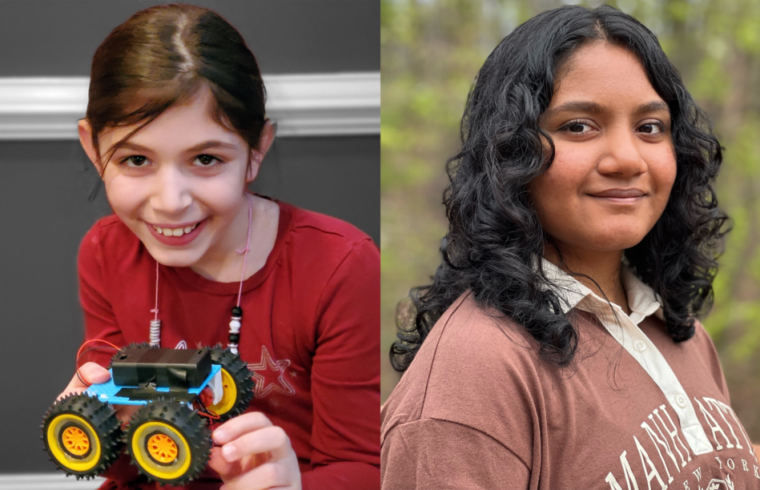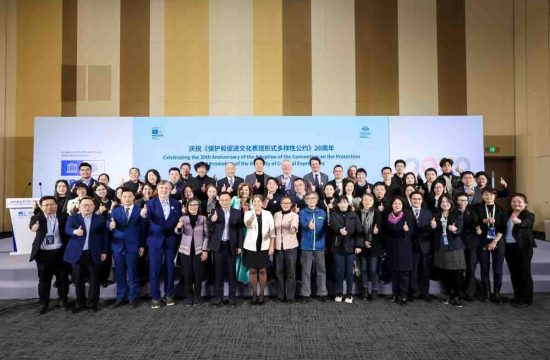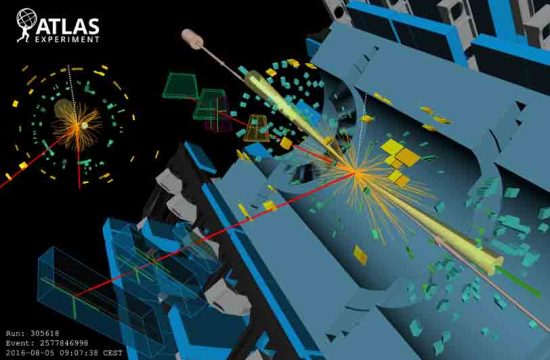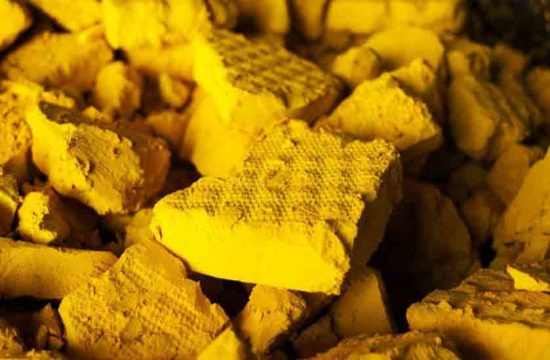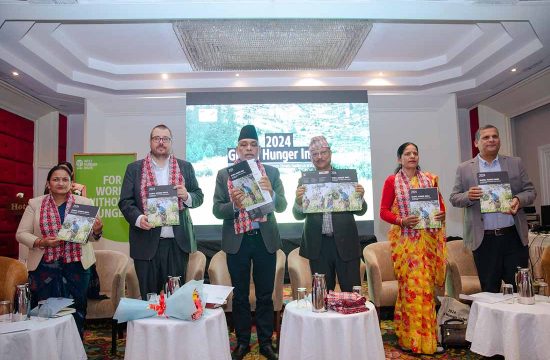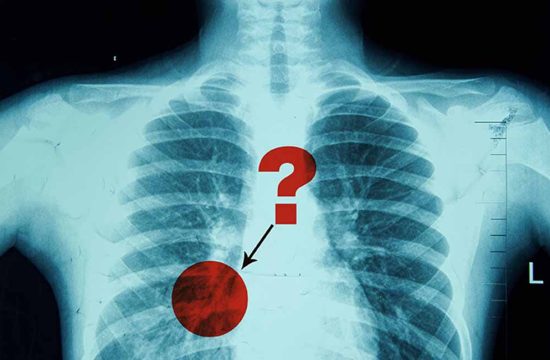NASA has chosen two students as winners of the Lunabotics Junior Contest, a national competition for K-12 students featuring the agency’s Artemis missions. Contestants were charged with designing a robot that can dig and move lunar soil, or regolith, from one area of the lunar South Pole to a holding container near a future Artemis Moonbase.
Fifteen-year-old Shriya Sawant of Cumming, Georgia, was the winner from grades 6-12 with her RAD: Regolith Accretion Device design. Nine-year-old Lucia Grisanti from Toms River, New Jersey, won for grades K-5 with her design of Olympus. Each robot successfully accomplished the task of collecting and transporting regolith across rugged lunar terrain.
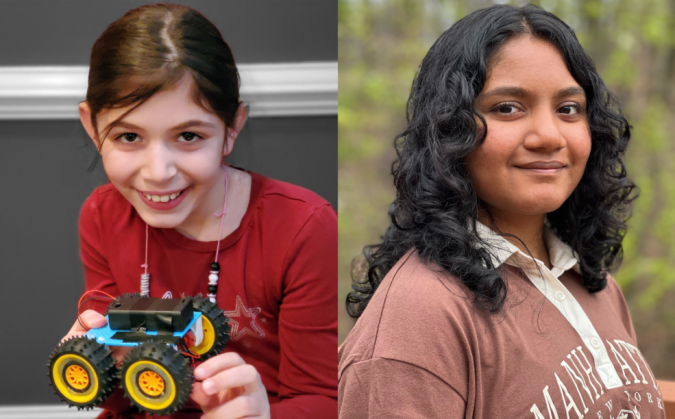
Through its Artemis Student Challenges, NASA is welcoming the next generation of explorers – the Artemis Generation – to learn more about the mission that will pave the way to land the first woman and first person of color on the Moon. Together with commercial and international partners, NASA will establish a sustainable presence on the Moon to prepare for missions to Mars.
“Looking at the designs these students submitted for Lunabotics Junior, it’s impossible not to be excited about the future of the Artemis Generation,” said Mike Kincaid, NASA’s associate administrator for the Office of STEM Engagement. “Their creativity and enthusiasm shine through in their ideas for a robot capable of mining lunar regolith.”
One national winner from each grade division was selected from approximately 2,300 submitted designs. The two awardees earned a virtual chat for their classrooms with Janet Petro, director of NASA’s Kennedy Space Center in Florida, where the next astronauts to explore the Moon will launch.
As NASA prepares to return to the Moon, lunar regolith will be needed for multiple purposes, such as building a Moon base using lunar concrete; harvesting water that also can be used for rocket fuel, and extracting possible metals or minerals. The contest asked students to consider factors unique to the lunar environment when imagining their designs.
Sawant designed an autonomous robot that would utilize a bucket drum to excavate soil in a creative way. Her system addressed the challenges of reduced gravity on the Moon, lunar dust contamination, navigating rough terrain, and ensuring the robot stays balanced during excavation and transport.
Grisanti’s solar-powered robot would use spiked wheels to traverse the lunar surface and scoop regolith into a cone-shaped collector to separate large rocks from dust. She named it Olympus, after the home of Greek mythology’s Apollo and Artemis, which also are the names of NASA’s original and current lunar exploration programs.
Nearly 500 educators, professionals, and space enthusiasts served as volunteer judges to review student submissions. On March 15, judges selected 20 semifinalists, each of whom won a Lunabotics Junior Prize Pack. On March 22, eight finalists were announced and will receive a virtual education session with a NASA expert.
The contest semifinalists and finalists are as follows:
Grades K-5
- Lucia Grisanti, Toms River, New Jersey: Olympus – winner
- Sistine McKown, Hutchinson, Kansas: Athena the Navigator – finalist
- Colton Tolman, Wolf Point, Montana: The Parlanent – finalist
- Jack Vineyard, Beachwood, Ohio: Exploration – finalist
- Hargobind Singh, San Jose, California: My Lunar Digger (MD2024)
- Suhana Panwar, Roswell, Georgia: COSMO22
- Viktoria Cook, Saint Charles, Missouri: Scorpio rover
- Ayaansh Jain, Glen Rock, New Jersey: DIANA (Roman Goddess of Moon)
- Sean Bartelo, Hamburg, New York: Believe Rover
- Dhruv Goyal, Houston: Lunar Artemis Regolith Project
Grades 6-12
- Shriya Sawant, Cumming, Georgia: RAD: Regolith Accretion Device – winner
- Andrea Basuroski, Chapel Hill, North Carolina: Phoebe – finalist
- Adriana Maiotti, Nokomis, Florida: Project Atlas – finalist
- Kovidh (Kovi) Monga, Springfield, Virginia: Inspiration Lunar Rover – finalist
- Baseem Abusneineh, San Pedro, California: The Pauger
- Brian Feuerman, Eureka, California: The Spider
- Winston Wong, Roseville, California: REGO
- Spencer Monkewicz, Chandler, Arizona: Forerunner
- Ke Jiang, Bellevue, Washington: Project Stardust
- Mason Lysaght, Snohomish, Washington: Terebro (drill in Latin)
The Lunabotics Junior contest was a collaboration between Future Engineers, NASA’s Human Exploration and Operations Mission Directorate, and the Office of STEM Engagement.


